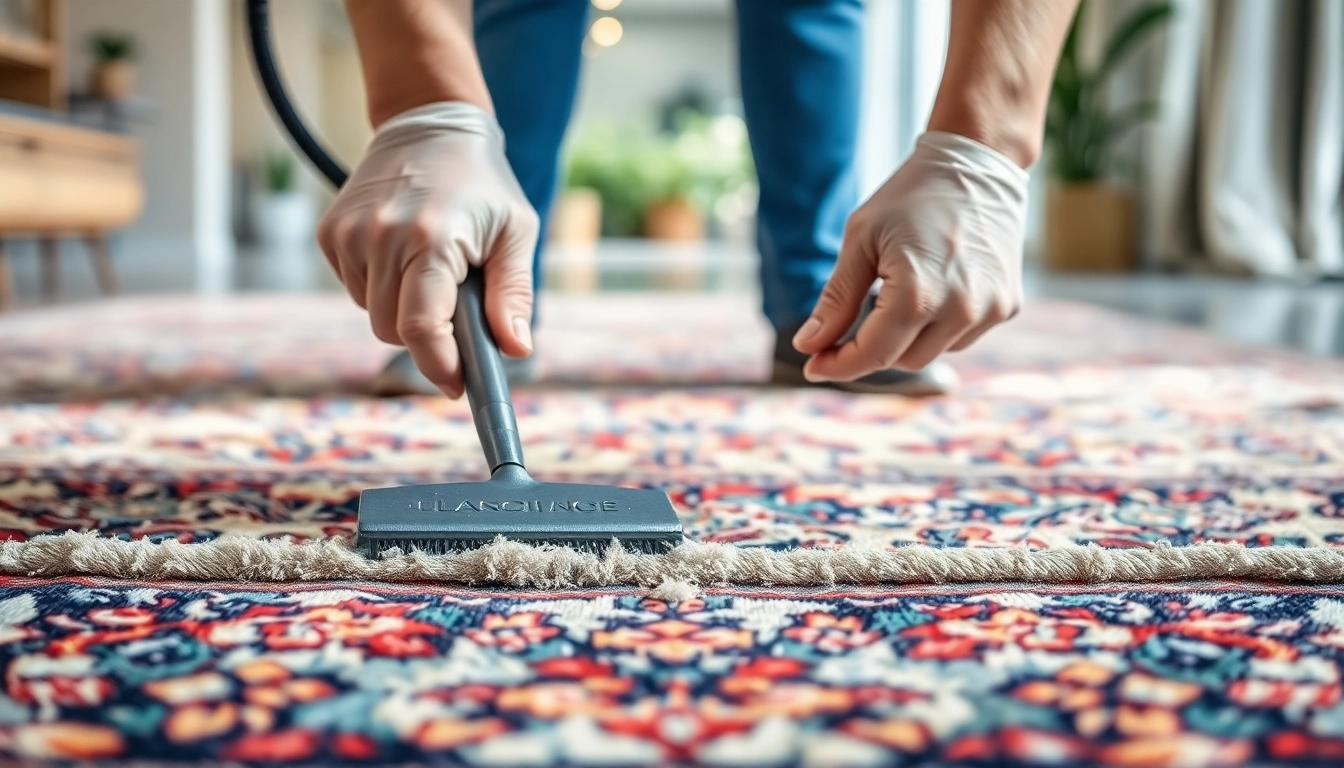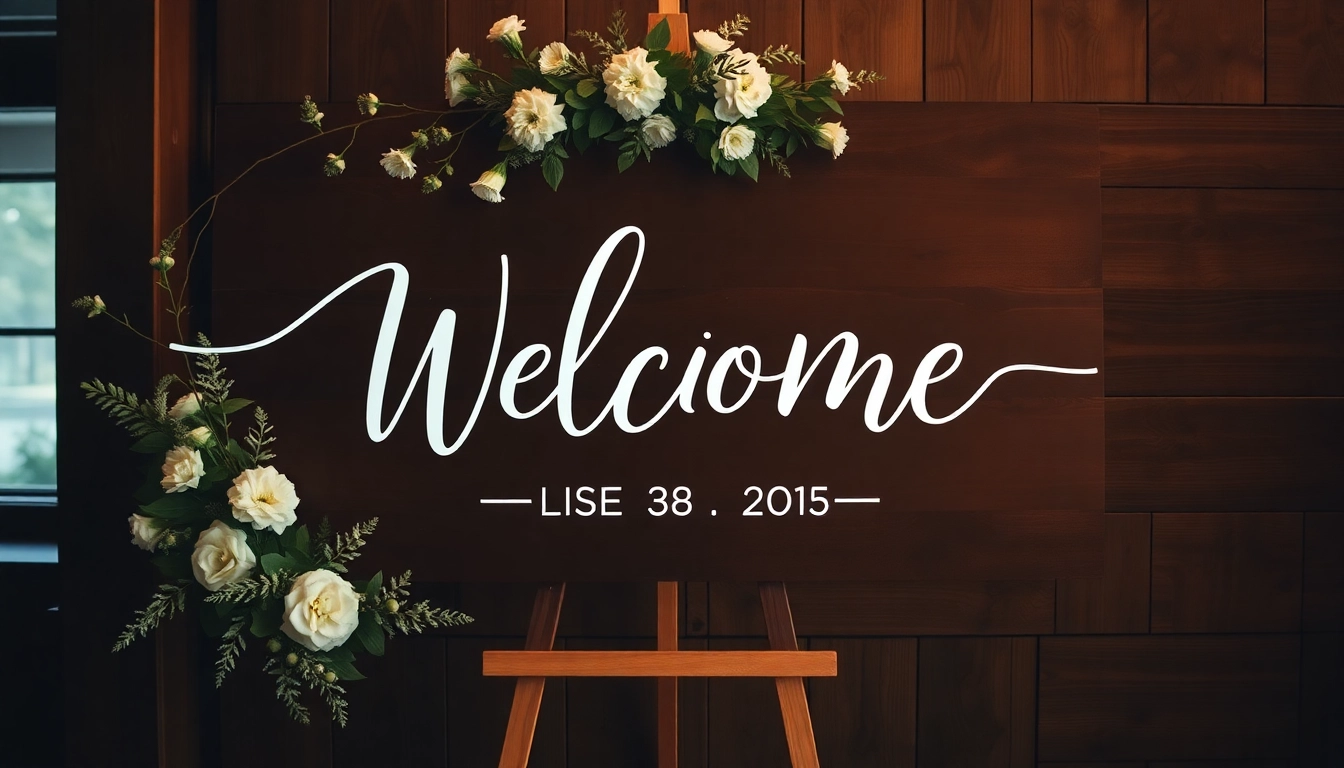Understanding the Importance of Chimney Repairs in Home Safety
Chimneys are a vital component of many homes, especially in the UK, where traditional fireplaces and wood-burning stoves remain popular. A well-maintained chimney not only ensures efficient venting of smoke and gases but also plays a significant role in safeguarding your property’s structural integrity. Neglecting chimney repairs can lead to severe consequences, including safety hazards, increased energy costs, and diminished property value. Recognizing the signs that indicate a chimney needs attention is essential for homeowners aiming to maintain a safe and efficient household environment.
For a comprehensive approach to maintaining your chimney, consider consulting professionals who specialize in chimney repairs. Such experts bring expertise, experience, and the right tools to diagnose and fix issues effectively, helping prevent minor problems from escalating into costly repairs or dangerous situations.
Common Signs Indicating Your Chimney Needs Repairs
Early detection of chimney issues can save thousands in repair costs and prevent potential hazards. Key signs include:
- Visible Damage: Cracked or crumbling mortar, displaced bricks, or loose flashing indicate that the structural integrity is compromised.
- Smoke Backflow: Smoke spilling into the room during use suggests blockages or leaks within the flue.
- Water Leaks or Stains: Water stains on ceilings or walls beneath the chimney point to leaks or damaged flashing.
- Unusual Noises: Gurgling sounds or rattling during operation hint at internal obstructions or loose components.
- Odors: Persistent smoky smells or chemical odors coming from the chimney can signal inadequate venting or creosote build-up.
Regular inspections are crucial, particularly after severe weather conditions, such as storms or heavy rain, which can accelerate wear and tear or cause storm damage.
Risks Associated with Neglected Chimney Maintenance
Ignoring signs of chimney deterioration can lead to critical hazards. The primary risks include:
- Fire Hazards: Creosote buildup, accumulated due to improper flue cleaning, is highly combustible and can spark chimney fires.
- Carbon Monoxide Poisoning: Cracks or blockages in the flue prevent safe venting, risking dangerous levels of carbon monoxide accumulating inside the home.
- Structural Damage: Water infiltration causes brick and mortar erosion, which may lead to partial or total chimney collapse.
- Environmental and Health Concerns: Contaminants and mold growth resulting from moisture damage pose health risks to residents.
Consequently, proper maintenance and repairs are not only about preserving the aesthetic appeal but also critically about ensuring your family’s safety and health.
How Proper Repairs Enhance Safety and Efficiency
Addressing issues promptly with professional chimney repairs ensures that your system functions optimally. Repaired chimneys facilitate safer operation, reduce emissions, and improve heating efficiency. For instance, relining a damaged flue liner prevents leaks and enhances heat transfer, reducing fuel consumption. Repointing mortar joints restores structural stability, preventing dangerous collapses.
Furthermore, routine repairs and inspections contribute to better draft performance, reducing the likelihood of smoke backflow and toxic gas intrusion. By maintaining a healthy, well-functioning chimney, you protect your home from future costly repairs while ensuring safe fuel combustion and venting.
Types of Chimney Repairs & Techniques
Repointing, Relining, and Rebuilding Methods
Chimney repair techniques vary based on the damage’s extent and type. Common methods include:
- Repointing: This involves renewing the external mortar joints between bricks, which deteriorate over time due to weathering. Proper repointing restores stability and prevents water ingress.
- Relining: Installing a new flue liner (often made from stainless steel or clay) within the existing chimney helps contain heat, prevent leaks, and improve safety. Relining is essential if the current liner is cracked or blocked.
- Rebuilding: When significant structural damage occurs, partial or complete rebuilding may be necessary, involving removing and replacing damaged bricks or entire sections of the chimney.
Each technique demands specific skills, materials, and tools, underscoring the importance of employing qualified professionals with proven experience in chimney repairs.
Detecting and Fixing Leaks, Cracks, and Storm Damage
Storms, heavy rain, and freezing temperatures can cause cracks or leaks in your chimney. Detecting these issues involves visual inspections, checking for loose mortar or displaced bricks, and watching for water stains or damp patches.
Fixing these problems typically involves sealing leaks with appropriate mortar or flashing, replacing damaged bricks, or applying waterproofing solutions. For internal damage, relining or rebuilding parts of the chimney may be necessary. Addressing storm damage swiftly prevents further deterioration and costly emergency repairs.
Adopting a proactive approach with routine inspections, especially after severe weather, can mitigate the risks and ensure longevity for your chimney system.
Cost-Effective Solutions for Durable Chimney Repairs
Investing in quality repairs upfront reduces recurring issues and long-term costs. Options like high-grade mortar, stainless steel liners, and waterproofing treatments offer durability and resistance to weathering.
Balancing initial expenditures with long-term benefits is key. For example, relining a chimney with stainless steel provides a long-lasting solution that minimizes future maintenance needs. Additionally, working with skilled contractors who adhere to industry standards ensures that repairs are effective, safe, and compliant with UK building regulations.
Choosing a Local Chimney Repair Specialist
What to Look for in Professional Chimney Repair Services
Selecting the right contractor is crucial for quality results. Key criteria include:
- Experience and Specialization: Look for companies with extensive local experience and specialized training in chimney repairs.
- Certifications and Insurance: Verify relevant qualifications (e.g., NVQ levels) and that the company holds adequate liability insurance.
- Reputation: Seek reviews, testimonials, and references demonstrating consistent service quality and professionalism.
- Licensing: Ensure compliance with local regulations and licensing requirements.
Questions to Ask Your Repair Contractor
Before hiring, ask about:
- The scope of work and materials used.
- Estimated timelines and costs.
- Previous experience with similar projects.
- Guarantees and warranties offered on repairs.
- Compliance with current UK building and safety codes.
Clear communication and transparency help ensure your expectations align with the contractor’s capabilities.
Ensuring Quality with Reviews and Certifications
Always check online reviews and seek proof of certifications. Trusted platforms like TrustATrader and Checkatrade provide vetted trader listings, helping you identify reputable local specialists. Certifications from recognized industry bodies validate a contractor’s expertise and commitment to quality standards.
Cost Considerations and Budgeting for Chimney Repairs
Average Costs for Different Types of Repairs
Chimney repair costs in the UK vary depending on the nature and extent of the work. Typical price ranges include:
- Repointing: £300 – £800, depending on chimney size and damage severity.
- Flue Relining: £1,200 – £3,000 for standard liners; premium stainless steel liners at the higher end.
- Chimney Rebuilding: £2,000 – £5,000, influenced by chimney height and complexity.
- Storm Damage Repairs: £500 – £2,000, depending on extent.
These estimates serve as a guide; getting multiple quotes from local specialists ensures competitive pricing and transparency.
Factors Influencing Repair Costs in the UK
Several factors impact the overall expense, including:
- Chimney Size and Height: Taller or larger chimneys require more materials and labor.
- Type of Damage: Structural issues tend to be costlier than cosmetic repairs.
- Accessibility: Difficult-to-access chimneys increase labor costs.
- Material Choices: Premium liners or waterproofing treatments could elevate costs.
- Location: Urban areas with higher labor rates may influence pricing.
Getting Accurate Quotes and Estimates
To ensure precise budgeting, gather detailed written quotes that specify all work, materials, and warranties. Many reputable contractors offer free on-site inspections and estimates, helping you understand potential costs before committing. Additionally, consider using online cost calculators tailored for UK homeowners to compare typical expenses and plan your budget accordingly.
Maintenance Tips to Prevent Future Chimney Issues
Regular Inspections and Cleaning Schedules
Routine inspections by qualified professionals should be scheduled at least once a year, preferably before peak usage seasons like autumn and winter. Regular cleaning, including chimney sweeping, reduces creosote buildup— a primary fire risk. Proper maintenance ensures efficient flue performance and prolongs the life of your chimney.
Many experts recommend a professional chimney sweep at least annually or more frequently if you use your fireplace intensively.
DIY vs Professional Repair Necessity
While basic inspections and minor cleaning can be performed safely by homeowners with proper training, most repairs require expert intervention. Attempting complex repairs without adequate knowledge can lead to safety hazards and further damage. Certified professionals possess the necessary skills, tools, and certifications to handle repairs correctly, ensuring compliance and safety.
Seasonal Considerations for Chimney Upkeep
Preparing your chimney for winter involves ensuring it’s free of blockages, structurally sound, and weather-proofed. Applying water repellents to prevent moisture ingress and inspecting flashing and mortar joints before the cold months minimizes storm or freeze-thaw damage. In spring, a thorough inspection after winter storms can identify early issues for timely repairs.



